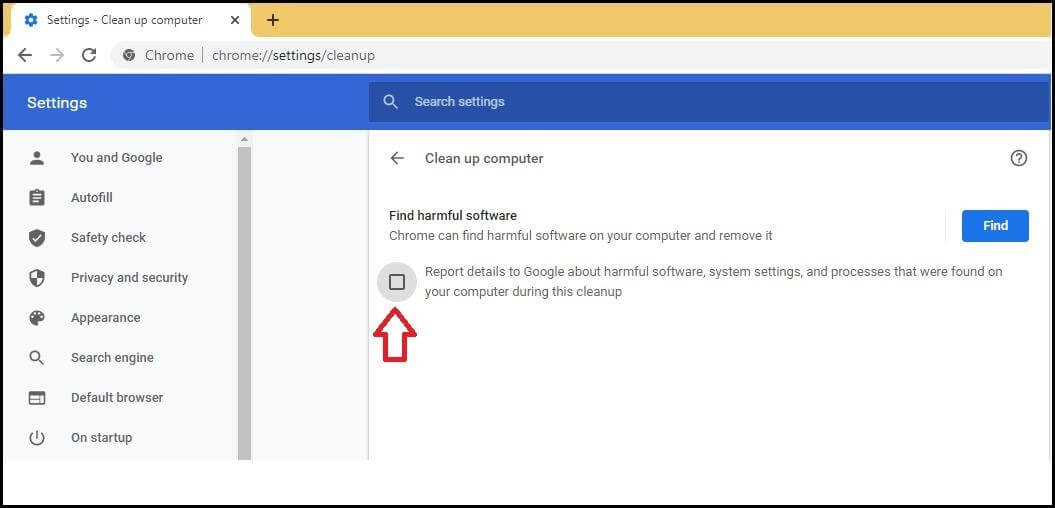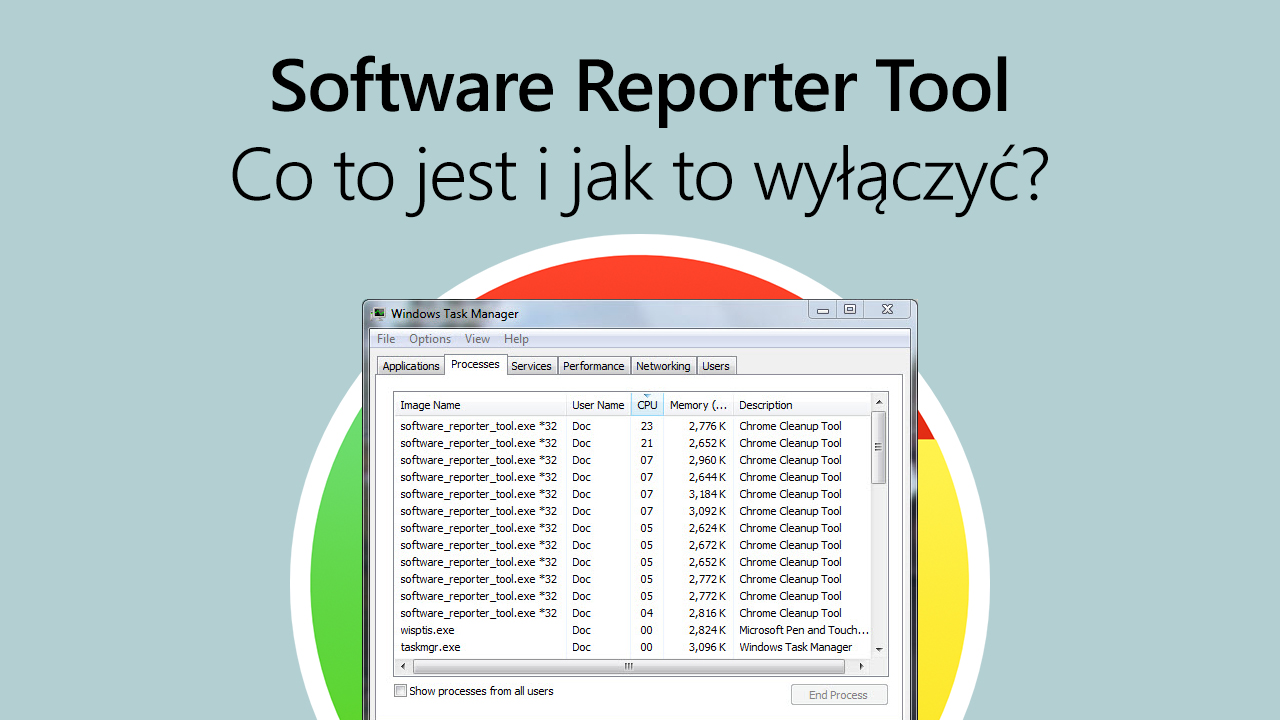Software reporter tool is a vital component in modern systems, offering insights into potential threats and performance issues. Dive into the world of software reporter tools with us as we explore their functions, features, implementation, benefits, and limitations.
In this comprehensive guide, we will dissect the core aspects of software reporter tools, shedding light on how they can revolutionize your organization’s approach to software management.
Definition and Purpose
A software reporter tool is a program developed by Google that is designed to monitor and report on any unwanted software or malware that may be affecting the performance of Google Chrome. The primary purpose of a software reporter tool is to identify and remove any harmful software that could compromise the security and stability of the browser.
Common Usage
- One common situation where a software reporter tool is used is when users notice that their Chrome browser is running slow or crashing frequently. By running the tool, they can identify any problematic software that may be causing these issues.
- Another common scenario is when users suspect that their browser has been infected with malware. The software reporter tool can help detect and remove any malicious software that could be harming the browser.
- Website developers also use the software reporter tool to troubleshoot issues related to unwanted software that may be affecting the functionality of their websites on Chrome.
Differences from Other Tools
The software reporter tool differs from other types of software tools in that it specifically focuses on identifying and reporting unwanted software that may be impacting the performance of Google Chrome. While antivirus programs may also detect malware, the software reporter tool is designed to target software specifically affecting the Chrome browser, providing a more specialized approach to maintaining browser security and performance.
Functionality and Features: Software Reporter Tool

Software reporter tools are essential for monitoring and analyzing the performance and security of software applications. These tools offer a range of core functionalities and features that contribute to their effectiveness in identifying issues, optimizing performance, and enhancing overall software quality.
Core Functionalities of a Software Reporter Tool:
- Scanning and Reporting: Software reporter tools scan the system for errors, crashes, and performance issues, providing detailed reports on the findings.
- Resource Monitoring: These tools monitor system resources such as CPU usage, memory consumption, and disk space to identify bottlenecks and optimize performance.
- Security Analysis: Software reporter tools analyze software applications for vulnerabilities, potential security threats, and compliance with security standards.
- Log Analysis: They collect and analyze logs generated by software applications to troubleshoot issues, track user activity, and ensure system stability.
Key Features of Software Reporter Tools:
- Real-time Monitoring: Continuous monitoring of software applications for immediate detection of issues and performance bottlenecks.
- Customizable Alerts: Ability to set up alerts for specific events or thresholds to proactively address potential problems.
- Historical Data Analysis: Storage and analysis of historical data to identify trends, patterns, and recurring issues over time.
- Intuitive Dashboard: User-friendly interface with visual representations of data for easy interpretation and decision-making.
These features enhance the effectiveness of software reporter tools by providing actionable insights, improving system performance, and ensuring the security and reliability of software applications.
Use Case: A software development team uses a software reporter tool to monitor the performance of a web application. The real-time monitoring feature alerts them to a sudden increase in response time, prompting them to investigate and optimize the application for better performance. The historical data analysis feature helps them identify recurring issues and patterns, enabling them to implement long-term solutions for enhanced software quality and user experience.
Implementation and Integration
Implementing a software reporter tool in a system involves careful planning and execution to ensure seamless integration with existing software infrastructure. By following best practices and learning from successful implementations, organizations can leverage the full potential of these tools to enhance security and performance.
Process of Implementation
- Assess the current software environment to determine compatibility and requirements for the software reporter tool.
- Identify key stakeholders and establish clear communication channels to ensure a smooth implementation process.
- Define goals and objectives for implementing the software reporter tool to align with organizational needs.
- Select a suitable software reporter tool based on features, scalability, and support options.
- Develop a detailed implementation plan with timelines, milestones, and responsibilities clearly Artikeld.
- Train employees on how to use the software reporter tool effectively to maximize its benefits.
- Monitor the implementation process closely and address any issues or roadblocks promptly to stay on track.
Integration with Existing Software Infrastructure
- Conduct a thorough analysis of the existing software infrastructure to identify integration points and potential challenges.
- Work closely with IT teams to ensure seamless integration of the software reporter tool with other systems and applications.
- Utilize APIs or integration tools provided by the software reporter tool vendor to facilitate integration with existing software.
- Test the integration thoroughly to ensure data flows correctly between systems and that functionalities are not compromised.
- Implement monitoring and reporting mechanisms to track the performance of the software reporter tool post-integration.
Best Practices for Seamless Integration
- Involve stakeholders from different departments in the integration process to gather diverse perspectives and ensure alignment with business goals.
- Document integration processes, configurations, and customizations to facilitate future updates and troubleshooting.
- Regularly communicate with end-users to gather feedback and address any usability issues or concerns promptly.
- Schedule regular maintenance and updates to keep the software reporter tool and its integrations up-to-date and secure.
- Continuously monitor system performance and data integrity to identify and address any integration issues proactively.
Successful Implementations and Integrations Examples
Company ABC successfully implemented a software reporter tool in their network infrastructure, resulting in a 20% reduction in security incidents and improved compliance.
Organization XYZ seamlessly integrated a software reporter tool with their existing CRM system, enhancing data analytics capabilities and improving decision-making processes.
Benefits and Limitations

Using a software reporter tool can offer numerous benefits to organizations, such as increased security, improved performance, and enhanced decision-making processes. However, there are also limitations and challenges that need to be considered when implementing such tools.
Benefits of Using a Software Reporter Tool
- Enhanced Security: Software reporter tools can help organizations identify and mitigate security vulnerabilities, reducing the risk of cyber attacks and data breaches.
- Performance Optimization: By analyzing system performance and identifying potential issues, these tools can help organizations improve the overall performance of their software applications.
- Resource Allocation: Software reporter tools can provide insights into resource usage, helping organizations allocate resources more efficiently and effectively.
- Compliance Management: These tools can assist organizations in ensuring compliance with industry regulations and standards, minimizing the risk of penalties or fines.
Limitations and Challenges of Using a Software Reporter Tool
- Resource Intensive: Implementing and maintaining a software reporter tool can be resource-intensive, requiring time, effort, and financial investment.
- Data Privacy Concerns: The use of such tools may raise privacy concerns, as they often require access to sensitive data and information.
- Complexity: Software reporter tools can be complex to configure and use, requiring specialized knowledge and skills to maximize their effectiveness.
- False Positives: There is a risk of false positives, where the tool identifies non-existent issues, leading to wasted time and effort in resolving them.
Comparison of Advantages and Disadvantages, Software reporter tool
| Advantages | Disadvantages |
|---|---|
| Improved security | Resource intensive |
| Enhanced performance | Data privacy concerns |
| Efficient resource allocation | Complexity |
| Compliance management | False positives |
Real-World Examples of Benefits
Company X implemented a software reporter tool and was able to identify and address critical security vulnerabilities in their system, preventing a potential cyber attack.
Organization Y used a software reporter tool to optimize the performance of their software applications, resulting in faster response times and improved user experience.
Epilogue

In conclusion, software reporter tools stand as indispensable assets for organizations looking to enhance their security measures and optimize system performance. By leveraging the functionalities and features of these tools, businesses can navigate the digital landscape with confidence and efficiency.
